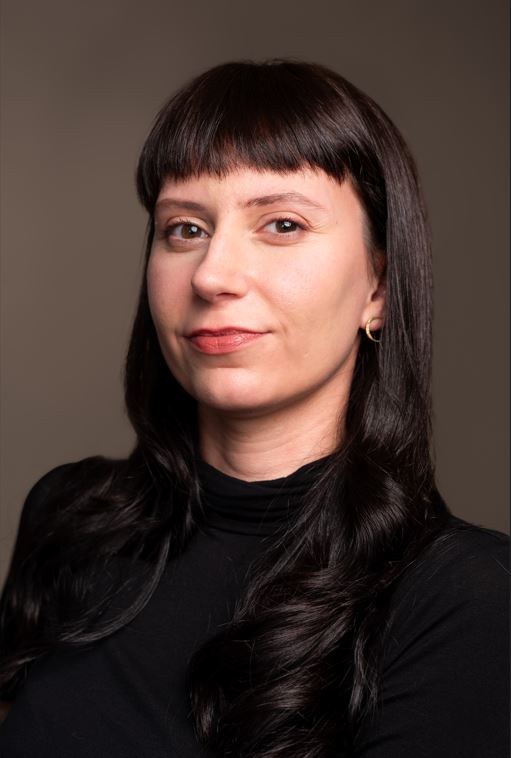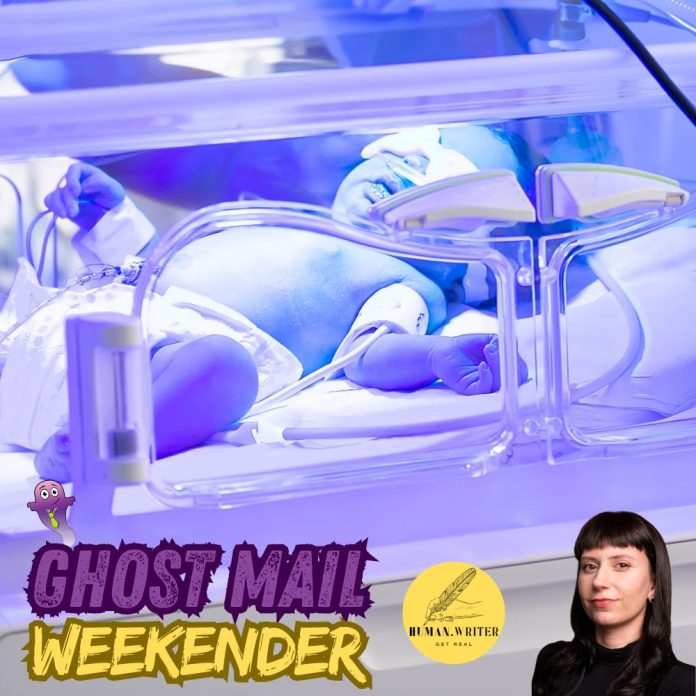Coney Island had its peep shows, its freak shows, its barkers and rides. And tucked between them was an exhibit of premature infants in glass boxes, tended by trained nurses. This wasn’t entertainment – it was the beginning of modern neonatal care, smuggled in as a carnival act.
On a warm summer’s day in the early 1900s, the boardwalk at Coney Island was alive with noise and colour. Barkers shouted promises of firebreathers, snake charmers, and the world’s smallest horse. Music drifted from carousels, mingling with the smell of popcorn and salt air. Families came for spectacle, and spectacle is what they got.
But tucked between the sideshows and the thrill rides was a very different kind of attraction. Inside a pristine white pavilion, for the price of 25 cents, visitors could step into what was called The Infantorium. There, behind glass doors, tiny premature babies lay in metal incubators, tended by uniformed nurses. Some weighed barely one kilogram. Many had been declared hopeless by hospitals. Yet here they were – breathing, growing, and clinging to life.
The man behind this improbable exhibit was Martin Arthur Couney. To the public, he was the Incubator Doctor, a pioneer who brought medical technology out of hospitals and into amusement parks. To the medical establishment, he was something closer to a charlatan – mysterious in background, evasive about his qualifications, and far too willing to place fragile infants on public display.
And yet, over the course of four decades, Couney’s incubator sideshows saved thousands of lives.
The man who invented himself
Couney’s own story was as much a performance as the ones he staged. Born Michael Cohen in Germany in 1869, he later reinvented himself as Martin Couney and claimed a background that changed depending on the telling. Sometimes he said he had studied medicine in Leipzig or Berlin. Other times he insisted he had apprenticed under Pierre-Constant Budin, the French obstetrician credited as a father of modern perinatal medicine.
The record tells a murkier tale. For starters, there is no evidence that he ever earned a medical degree. Some reports suggest he emigrated to the United States as early as 1888, which would make his claims of extensive European training difficult to reconcile. Still, whether through apprenticeship or sheer force of will, he absorbed enough knowledge to talk convincingly about neonatal care. More importantly, he understood something that few in the medical profession grasped at the time: premature infants were not necessarily doomed, and the incubator might offer them a chance.
From chicken coops to child hatcheries
The incubator, by the time Couney discovered it, was not a new idea. Farmers had long used heated boxes to hatch chickens, and in the late 19th century, French physicians began adapting the idea for infants born too soon. One of them, Stéphane Tarnier, introduced a version that maintained a warm, regulated environment, while his assistant Budin (yes, the same Budin that Couney claimed to have studied under) refined the design further.
But the medical establishment was sceptical. Incubators were expensive, untested, and to many doctors, the effort seemed wasted on babies they believed were too weak to survive.
Couney thought differently. In 1896, he arranged to display Budin’s “child hatchery” at the Berlin Industrial Exposition. The public reaction was astonishing. Crowds flocked to see the tiny infants in their glass-fronted boxes. For many, it was the first time they had encountered a premature baby who had a chance of survival. Couney realised that spectacle could serve as persuasion. If doctors would not yet embrace the incubator, perhaps the public would.
A sideshow with a serious purpose
When Couney brought his incubator shows to the United States, he leaned fully into the pageantry. His exhibits travelled from one world fair to another before finding permanent homes at Coney Island and Atlantic City. The branding varied – sometimes “The Infantorium,” sometimes “Baby Incubators” – but the concept was the same. Visitors paid admission, nurses cared for the infants around the clock, and the curious filed past the glass cases in droves.
It was, in one sense, theatre. Nurses were encouraged to lift the babies out and cuddle them in view of the crowd. Posters declared, “All the world loves a baby.” But behind the theatrics was a sophisticated operation. The incubators were carefully engineered, warmed by boilers that circulated hot water through pipes beneath the infants’ cribs, with thermostats to regulate the temperature. Air was filtered twice, first through wool soaked in antiseptic, then through dry wool again before entering the chamber. Every effort was made to reduce contamination and maintain cleanliness.
As you can imagine, the costs were enormous. Round-the-clock feeding, equipment, and nursing care added up to more than most families could dream of affording. In 1903, Couney estimated that caring for one premature baby cost $15 a day, or roughly $400 in today’s terms. Yet he never asked parents to pay. The entrance fees, morally questionable as they were, funded the entire operation.
Critics and controversies
Not everyone was impressed. From the beginning, medical journals questioned Couney’s motives. The Lancet described the practice as an “unscrupulous way to make money”. Child welfare groups accused him of objectifying infants, treating them as exhibits rather than patients. The very location of his shows – wedged between animal acts and risqué peep shows – seemed to confirm the charge.
The 1911 Coney Island fire deepened the criticism. Though every infant was rescued, the idea that fragile lives had been placed in danger within a theme park struck many as irresponsible. Others pointed to the proliferation of imitation incubator shows, often poorly run and unsanitary, which further tarnished the concept.
And yet, for all the controversy, Couney’s results spoke loudly. His survival rates were significantly higher than those of hospitals that admitted premature infants. Parents who had been told to prepare for funerals instead brought home children who thrived.
A quiet defiance of eugenics
What made Couney’s work even more radical was the cultural climate in which he operated. The early 20th century was the height of the eugenics movement in America, a time when many in the medical community openly questioned whether premature babies should be saved at all. Eugenics exhibits, sometimes set up on the very same fairgrounds, celebrated the “fittest” families and promoted slogans like “Kill defectives, save the nation”.
To save premature infants was, in that worldview, to preserve weakness and to give it a chance to spread to future generations. Couney rejected the premise entirely. He insisted that given care and time, these children could survive and flourish. Every incubator he placed on display was not only a medical intervention but also a public argument against a brutal ideology.
The long arc of recognition
Couney spent decades travelling from fair to fair, and when he finally settled his operations permanently at Coney Island and Atlantic City, his shows ran year after year. Behind the glass, thousands of premature infants passed through his care. By his own reckoning, he and his nurses saved more than 6,500 lives.
Yet even as he racked up successes, Couney remained an outsider. Hospitals refused his offers to donate incubators when his shows closed. The medical establishment continued to view him with suspicion, partly because of his uncertain credentials, partly because of his unorthodox methods.
It was only in the years after his death in 1950 that his reputation shifted. By then, incubators had become standard equipment in neonatal units. Hospitals were doing what Couney had been doing for decades, though now with institutional legitimacy and without the carnival bunting.
The legacy of the Incubator Doctor
Couney’s life remains wrapped in mystery. We may never know the full truth of his training, or whether he embellished his past to protect his credibility. But what is clear is the scale of his impact. In an era when premature babies were dismissed as unfit to live, he proved otherwise.
His shows were at once bizarre and humane, a mixture of spectacle and science that unsettled many but comforted those who mattered most: the parents who watched their children grow stronger inside those heated glass boxes.
Today, neonatal intensive care is one of the most advanced branches of medicine, with technologies that would have looked like science fiction in Couney’s day. But the principle is the same – the belief that even the smallest, frailest infants deserve a chance.
That conviction, once dismissed as quackery, began its long march to acceptance not in the corridors of hospitals, but in the carnival pavilions of Coney Island.
About the author: Dominique Olivier

Dominique Olivier is the founder of human.writer, where she uses her love of storytelling and ideation to help brands solve problems.
She is a weekly columnist in Ghost Mail and collaborates with The Finance Ghost on Ghost Mail Weekender, a Sunday publication designed to help you be more interesting. She now also writes a regular column for Daily Maverick.
Dominique can be reached on LinkedIn here.





Thank you Dominique for this interesting piece . It’s so refreshing to read something outside of one’s field of study or daily purview
You’re welcome Zipho, I’m so glad to have brought you something new!
Nice to read well written, light, interesting trivia.
Thanks for reading Gilda, I’m glad you enjoyed it!